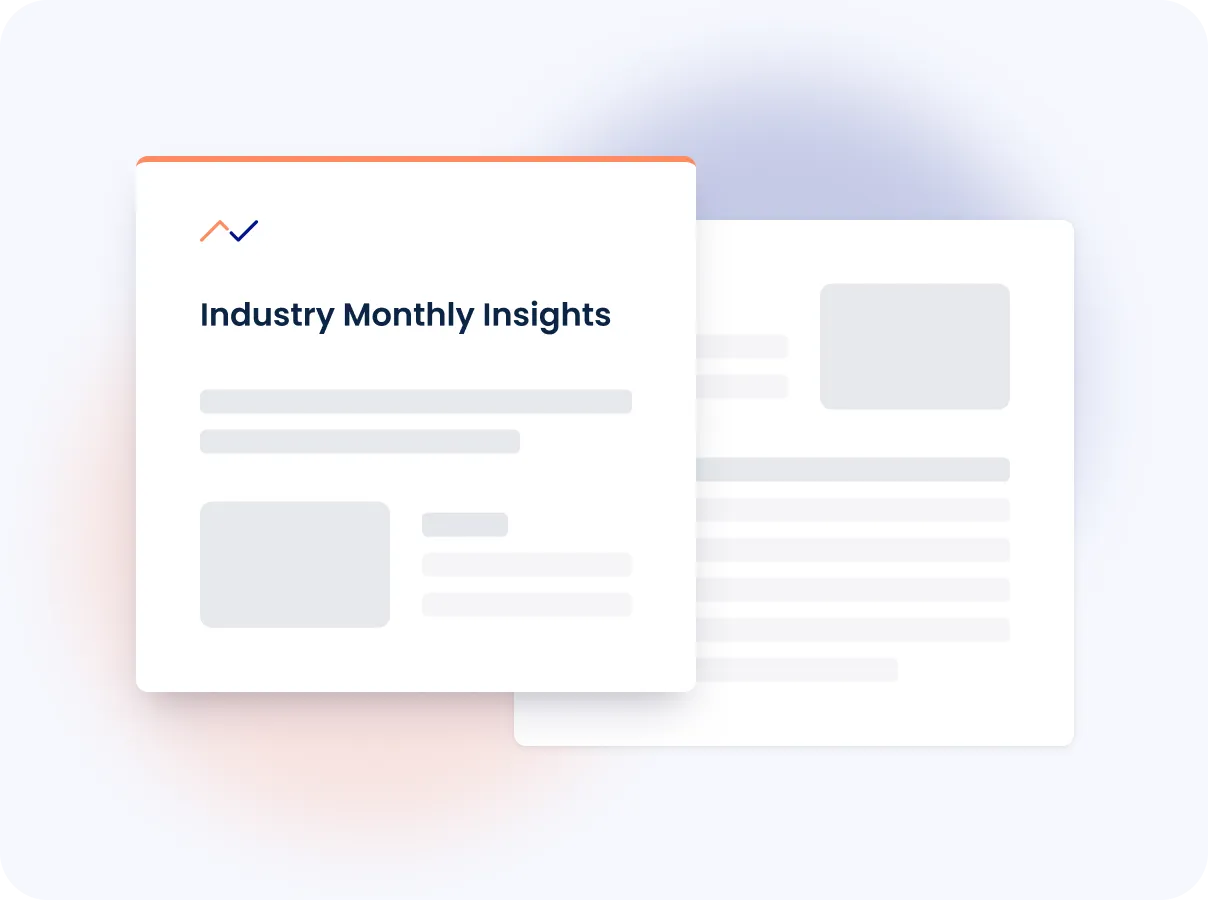The cost budgeting process is a key moment for companies, as it determines for a large extent where resources are allocated. You want to make sure you base your decisions on the right input. This can be done by incorporating benchmarking during the budget process. Benchmarking helps to objectively validate your decisions and determine the right focus that aligns with your strategic ambitions. By benchmarking your own performance against the competition, you can see where your company can improve and become more competitive. How can you incorporate benchmarking into your cost budgeting process?
What is cost budgeting?
As part of the budget cycle, cost budgeting is a common tool used by managers while creating quarterly and annual budgets. Cost budgeting includes the estimation of costs, setting a fixed budget, and managing and controlling the actual costs (compared to the estimated ones).
The costs then have to be allocated to the activities within the company. To do this, each business strategy component has to be analyzed and given a specific cost estimate. After that is complete the total sum of cost assessments are combined to come up with an estimate to provide a guideline for the budget. These guidelines are set in place so that the allotted costs are divided up amongst the appropriate project needs. A well-executed cost budgeting process will ensure that the budget goals are being accurately met and your company can stay competitive.
Elements of cost budgeting
Cost budgeting includes three major elements:
Cost estimates
The first element of a cost budget are cost estimates, where the predicted total costs of each stage are calculated. Through benchmarking you can ensure that the estimations are realistic and feasible in terms of the market and your past performance.
The cost estimates usually include two types of costs: Direct and indirect costs. Direct costs are expenses that relate to physical goods and services used during production. Indirect costs are the expenses associated with general business operations.
(Project) Schedule
Secondly, a cost budget often contains detailed information about the schedule or timeline. This can help to plan for each task and ensure there are enough funds for each stage of the business strategy. After identifying each task, a timeline can be created. The manager can use this timeline to plan for the associated costs. This should be included in the budget cycle to ensure and monitor that enough funds are available. At this stage benchmarking helps to review the timeline and cost budget and will determine if adjustments are needed.
Contingency reserve
As the third element of cost budgeting, a contingency reserve is part of the budget that is set aside for unexpected changes. Even with careful planning and cost estimation, there may be unexpected additional costs, and a contingency reserve helps reduce this risk and be flexible.
The importance of benchmarking in cost budgeting
By benchmarking your own performance against the competition, you can see where your company can improve and become more competitive. In the cost budgeting process this will help your company to decide upon key investments and expenses through substantiating choices by looking at objective market data and KPIs. How are your competitors performing? Which route are they taking when the market is shifting? Are they cutting costs? Or investing in new markets? Have they increased their margins? How is that affecting their turnover? All questions can be answered with benchmarking.
Do you also want to apply benchmarking during cost budgeting? Download our Use Case about the benchmarking in the budget cycle below.






